Recycling in New Zealand: How To Separate & Recycle Trash?

New Zealand is one of the countries where you have to separate your trash according to the set standards and rules. This is for the purpose of recycling, so your waste can be utilized in the most eco-friendly way and ideally transformed into something usable.
New Zealand’s recycling rate is 28%, which is comparatively low, especially when countries like the Netherlands, Belgium, and Germany score 56%.
New Zealanders are all about reusing and not wasting! They love thrift shops and good deals. Thrift culture is huge not only for used clothes but also things like furniture, books, personal items, etc. Nonetheless, when it comes to general waste, New Zealand’s recycling rate is relatively lower than many European countries. Read on to learn how to separate trash in New Zealand and which rules to follow!
Waste separation: where to put what
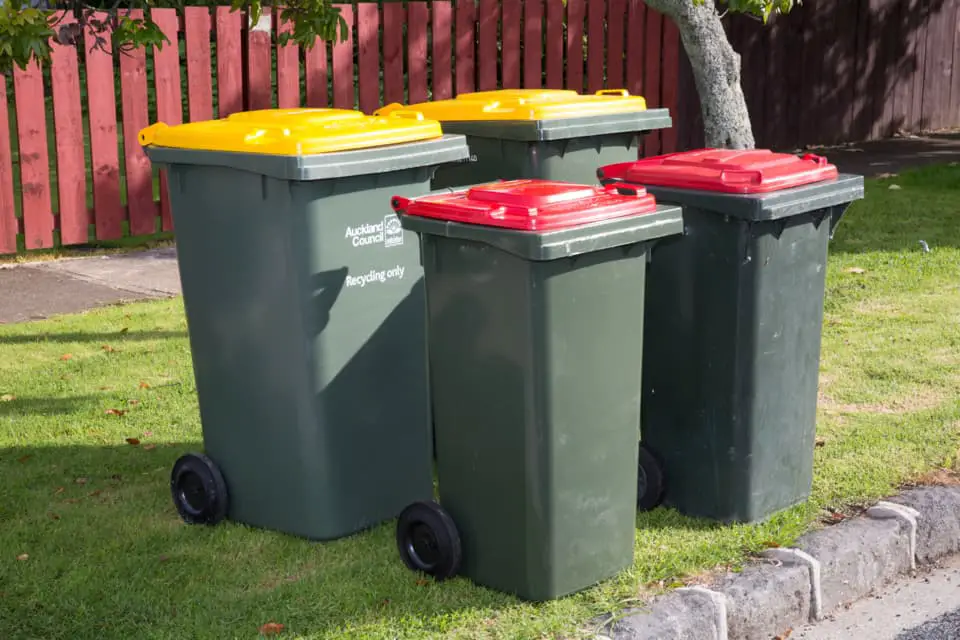
New Zealand has three main waste bins: yellow, red, and green. The yellow bin is called the Kerbside recycling bin, and as the name suggests, it’s a recycling bin. Meaning the items you put in there will be recycled for future use.
Therefore, there are strict rules related to what can and can’t go inside this bin.
All bins have different sizes; the largest yellow bin is between 360L to 240L, the middle (red) general trash bin is 120L – 140L, and the smallest green bin is 80L.
These bins are collected by the wheelie bin service provider, which is generally either a part of the city council or a private company. But what exactly goes in one bin, and what belongs to another?
1. Yellow bin, also known as a Kerbside recycling bin:
- All paper
- Plastic bottles
- Plastic bottles from the bathroom and laundry
- Plastic containers
- Food plastic containers
- Glass bottles and jars
- Aluminum cans and empty aerosols
- Pizza boxes
- Newspapers, magazines, advertising mail, and envelopes
- Paper and cardboard packaging
- Egg cartons
- Steel and tin cans
- Milk and juice cartons, including Tetra Pak ® cartons (except on Great Barrier Island)
Don’t put plastic bags into your kerbside recycling bin – they get caught in the sorting machine.
No-go items for the yellow recycling bin are:
- Plastic bags
- Food and garden items
- Hazardous waste and chemicals
- Polystyrene meat trays and packaging
- All types of batteries
- Nappies
- Clothing, shoes and textiles
- Window glass, mirror glass and lightbulbs
- Cookware, Pyrex and drinking glasses
- Electronic and electrical items
- Building waste
- Medical waste
2. Red bin – rubbish, general trash:
- No-deposit plastic bottles
- All soft plastic
- Takeaway coffee and drink cups
- Takeaway containers, such as burger boxes, fast food and takeaway boxes
- Containers over 3 litres, such as large water and oil bottles and bulk cleaning containers
- All lids including ice cream containers, butter and family sized yoghurt lids
- Fabric bags, textile and clothing
- Soft plastics such as shopping bags, plastic film, bread, pasta, and rice bags, frozen food bags and courier bags
- Liquid cartons, such as juice cartons, almond and soy milk
- Compostable and bio-degradable bags and packaging
- Ash, timber and sawdust (let ash cool for at least five days before disposing of it in the red bin)
- No-deposit cans
- Milk and juice cartons/Tetra-packs
- Yogurt containers
- Drink cartons
- Aluminum foil
- Tins
- Coffee grounds and filters
- Eggshells
- Food leftovers
- Fruit and vegetables and their skin
- Waste from the garden, such as flowers, grass, leaves, etc.
3. Green bin – compostable
- Food scraps from the kitchen, including fruits and veggies
- Kitchen paper, paper towels, clean pizza boxes, newspaper, and shredded paper
- Leftover pastries, cheese, butter, flour, meat, fish bones, and seafood shells
- Coffee grinding, including used tea grinds with tea bags
- Garden waste, such as garden clippings, soft leaves, small plant branches, and some cut flowers
Don’t put in the green bin:
- Biodegradable food packaging and paper cups – these take time to decompose because most contain waxy substances
- Flax, cabbage trees, or bamboo – the flax and cabbage trees have tough parts and are fibrous, while the bamboo has a hard, tough skin that takes months to decompose
- Animal and human waste, fat and bones, and any liquid can have bacterial growth that can cause contamination and diseases
- Nappies (diapers), used cotton, and feminine napkins are considered as hazardous waste
- Magazines and books can contain inks or be treated with chemicals which makes them not suitable for composting
- Soil can contain stones or broken glasses or metals, or even soil-borne diseases
You also need to follow the instructions before you put any trash in the bin:
- Empty and rinse all containers before you place them in your recycling bin
- Leave the lids on all bottles and containers
- Containers should be no larger than 4 litres
Items you shouldn’t put in your rubbish anyway:
- Hot ashes
- Garden waste
- Medical waste (except Rapid Antigen Tests)
- Building material
- Large household items
- Chemicals and hazardous items
While red and yellow bins are must-haves, a green bin is optional. Having one will cost you additional fees.
Keep in mind if you refuse to separate the waste into the designated waste containers and as prescribed, you will have to organize them to be collected from your property by a private contractor.
Where should you put furniture and bulky items?
While we know where regular trash goes, many residents question what to do with bulkier items that don’t fit or don’t belong in one of the bins.
There are several options for how you can utilize furniture and other large things. That said, the disposal of rubbish and other wastes can be costly. Moreover, if you don’t follow Christchurch’s guidelines, you might face even higher costs in fees and fines. So, it’s crucial to get rid of the trash in a legal way.
1. Drop at recycling centers
The first and more obvious option is to drop them off yourself at the designated station in your area. This is, of course, only possible if you can fit the items in your car or other way of transportation and if you are willing to do the work. For this, you can also use a trailer and tow it to your car or hire one.
New Zealand has recycling centers near the transfer stations that accept furniture too. That said, the conditions must be reasonable so they can be reused. Some recycling centers even offer collections for a fair price.
2. Donate
One of the best options to utilize your old furniture is actually to donate it. There should be some non-profit organizations that wouldn’t mind getting free furniture pieces. Some OP shops will even pick up your furniture, such as The Salvation Army, Goodwill, or Red Cross. However, the furniture should be in a reasonable condition, making it worthwhile for them to pick it up.
3. Hire a skip (waste container)

Hiring a skip is another excellent solution to get rid of big furniture items or other large things. Have never heard of skip? A skip is an open-topped rubbish bin (container) you can rent depending on the size you need and the duration you want.
This option is best when removing several pieces of furniture or bulk non-hazardous waste. You can hire the skip from one of the providers, and they will deliver the skip to your location and haul it at the scheduled time of pick up.
When loading rubbish into the skip, don’t fill it over top of the bin. Overloading may cause extra fees in penalties as there are restrictions in place. This is probably due to safety. It’s also advised to cover the top with something like used tarpaulins.
4. Order a single item pick up
The most expensive option would be to order a pick up for a single item. There are several service providers you can go with, just browse online for rubbish removal + your location.
Using official furniture removal services makes everything simple, as you don’t have to worry about where and how to bring your items.
When it comes to pricing, every company sets its own rates, but here are some examples:
Pick up of a single-size bed costs $49.95, while a double bed costs $62.95. In addition, service providers often charge a travel fee, which is $14.95 in our example. Therefore, calling a removal company can cost you quite a lot, especially if you have more than one item.
What happens to rubbish in New Zealand?
Everyone who lives in New Zealand will need either a rubbish service to pick up their trash or to take care of it themselves. This is regardless if you own a home, rent a house, an apartment, or a unit. The exception can be made if you just rent a room; here, it’s a collective effort of all roommates in the flat.
The trash collection is done by public, private, or commercial service providers depending on the place where you live. The rates also vary from provider to provider. For example, in Auckland, residents pay $313.34 per year for a regular collection of 120L bins and $394.60 if they have a 240L rubbish bin.
As you can see, making this planet dirty isn’t cheap, and the more trash you generate, the more you pay. Fair game.
Recycling process in New Zealand
Commonly recycled items in New Zealand include paper, cardboard, glass, plastics, and aluminum packaging and containers.
For example, glass is mainly turned into bottles and jars but can also be made into what’s known as glasscrete and glassphalt, which is a material used in road building.
Paper and cardboard also come in handy and can be made into newsprint, writing paper, tissue, corrugated cardboard, egg cartons, and fruit trays.
The situation is more difficult with plastic. Not much of it gets recycled, about 33% in 2021. It also gets sent to Australia and Southeast Asia – around 60% in 2021. So, what can be made from all these large bottles of Coke you have thrown away? Buckets, polyester fibre, and wheelie bins are a few items New Zealand generates from plastic.
Aluminum is used to make new aerosol and drink cans, while steel is made into food cans, wire, and building materials in Asia. Here is the process of recycling that takes place in New Zealand:
First stage – Pick up
Either your trash bin gets picked up by the Council, or if this service isn’t provided (common in rural areas), you must bring your bin to the recycling station yourself.
Second stage – Sorting
Wrong items like plastic bags, clothing, batteries, and food scraps are removed by hand. This makes sure that we only recover the materials that can be recycled.
Third stage – Separation
Most of our recycling is sorted at an automated facility. Paper and cardboard are separated with a vibrating machine, while metal items are removed using magnets or an eddy current. Optical scanners identify different types of plastic. All that’s left is the glass, which is sorted by color. Once your recycling is sorted, it’s sold to make new products in New Zealand as well as overseas.
Recycling statistics
Unfortunately, New Zealand still has a lot of work to do when it comes to recycling. In the research made across countries like Australia, New Zealand, Brazil, France, Hong Kong, India, Malaysia, Portugal, and the United Kingdom, Brazil, and New Zealand scored the worst in terms of recycling rates.
In New Zealand, about 57% of all packaging isn’t recycled, while Brazil was unable to process about 92% of its recycling. The best-ranking country was Hong Kong, followed by Portugal.
Why is New Zealand lagging behind? This might be due to the small population of the country, hence, a smaller demand for recyclable materials.
According to statistics, New Zealanders use about 1.76 billion plastic containers yearly, which correlates to about 250,000 tonnes of plastic waste annually.
Only 29% of plastic bottles in New Zealand are recycled, well below the global average of 50%. About 4% of New Zealand’s total waste is sent overseas for recycling.
This statistic is a stark reminder of the need for New Zealand to step up its recycling efforts. With a global average of 50%, New Zealand is lagging far behind in its efforts to reduce plastic waste and protect the environment.
Glass finds its new life with a good rate of 72%, while 60% of all paper and cardboard get recycled, and aluminum can have a 76% recycling rate.
Read more on recycling in New Zealand.
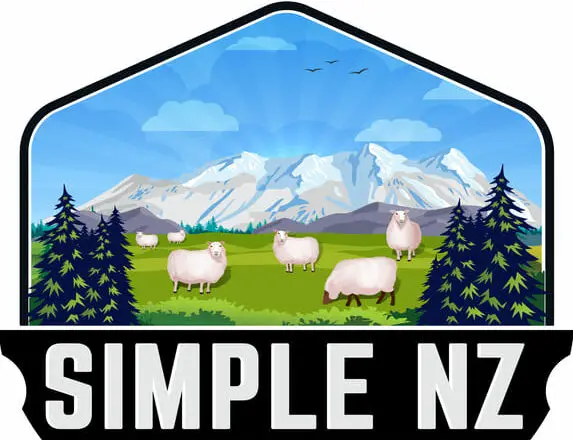

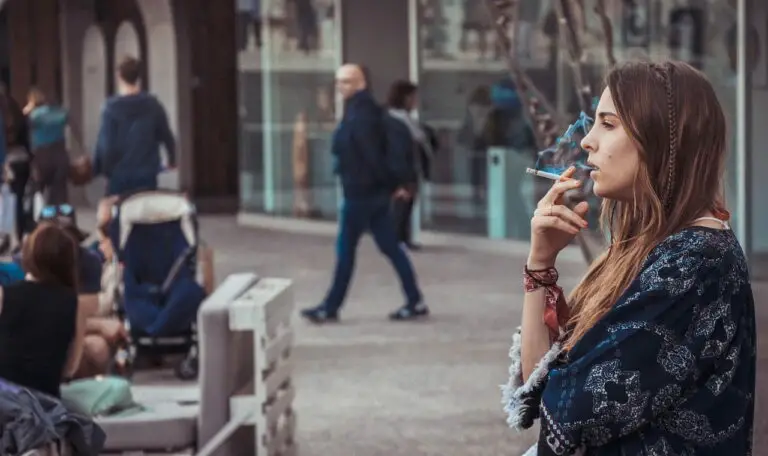
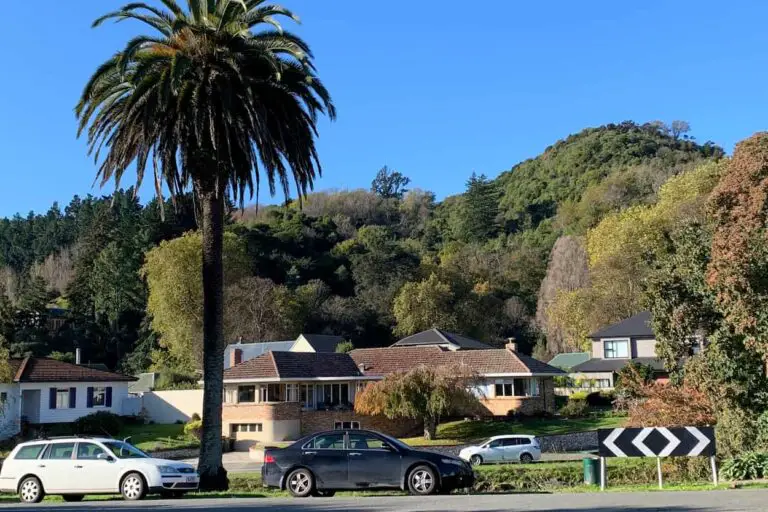
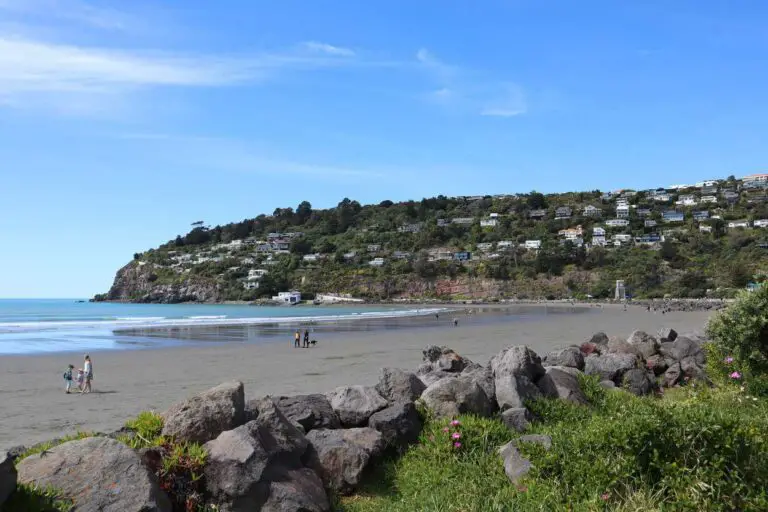
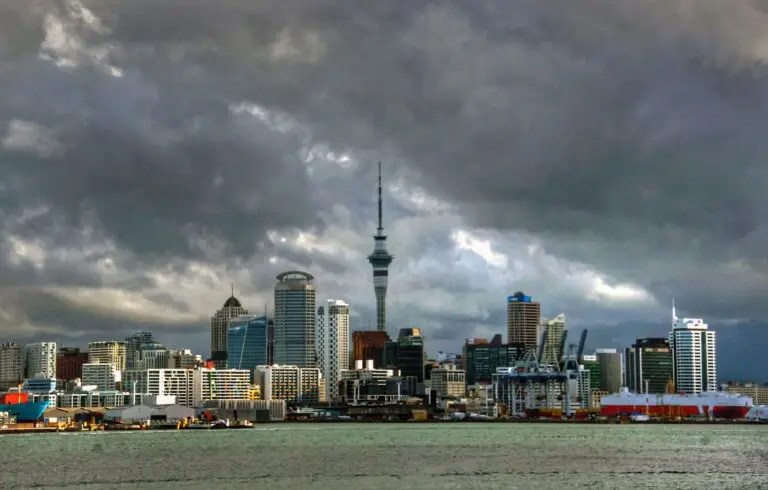
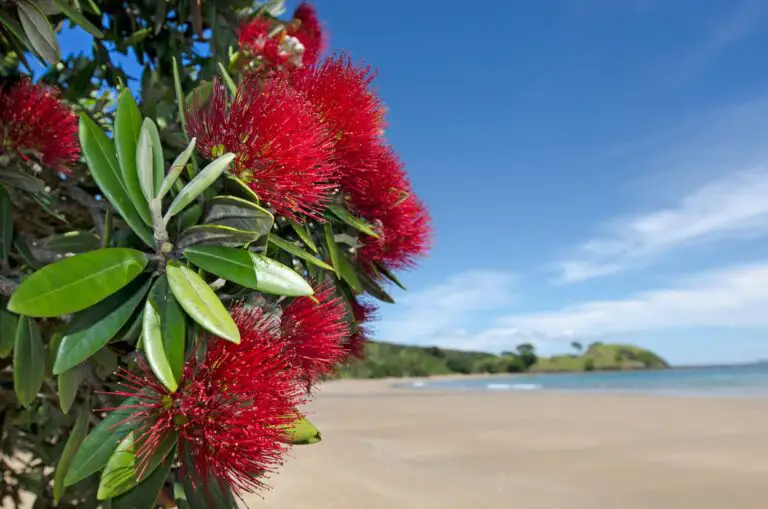
![Cost of Food in New Zealand: How Much To Budget? [2024]](https://simplenewzealand.com/wp-content/uploads/2023/01/Depositphotos_363854088_L-768x512.jpg)